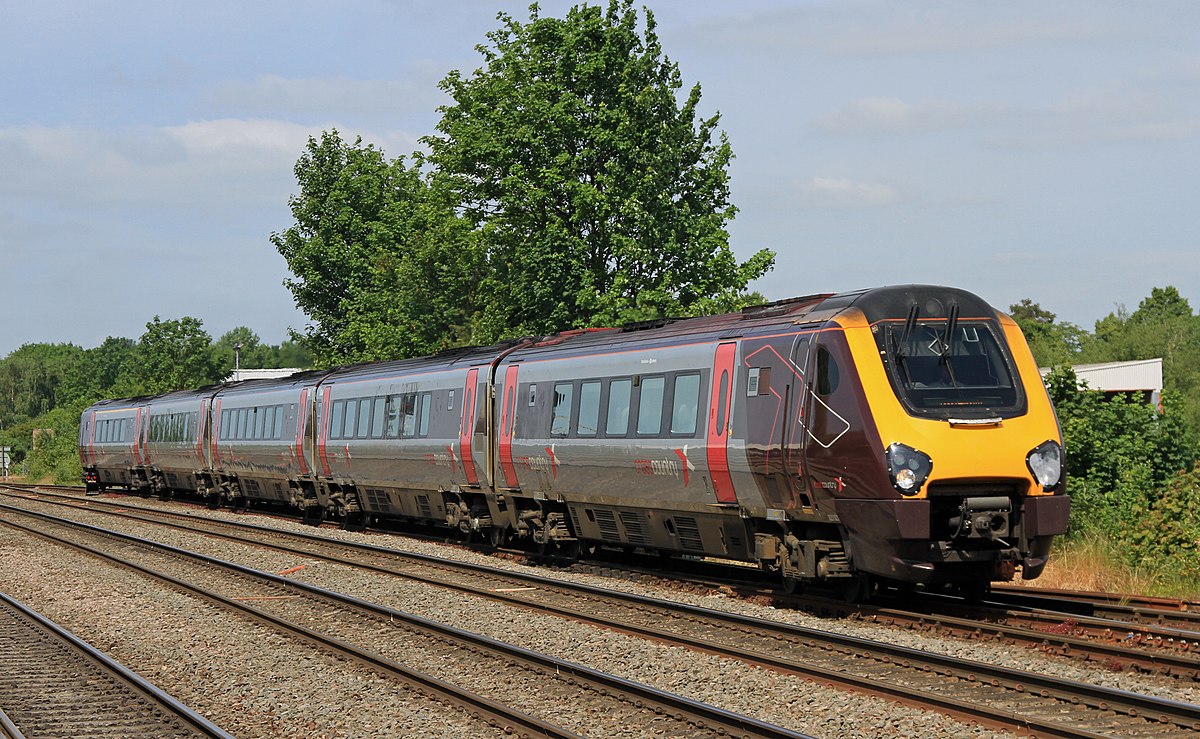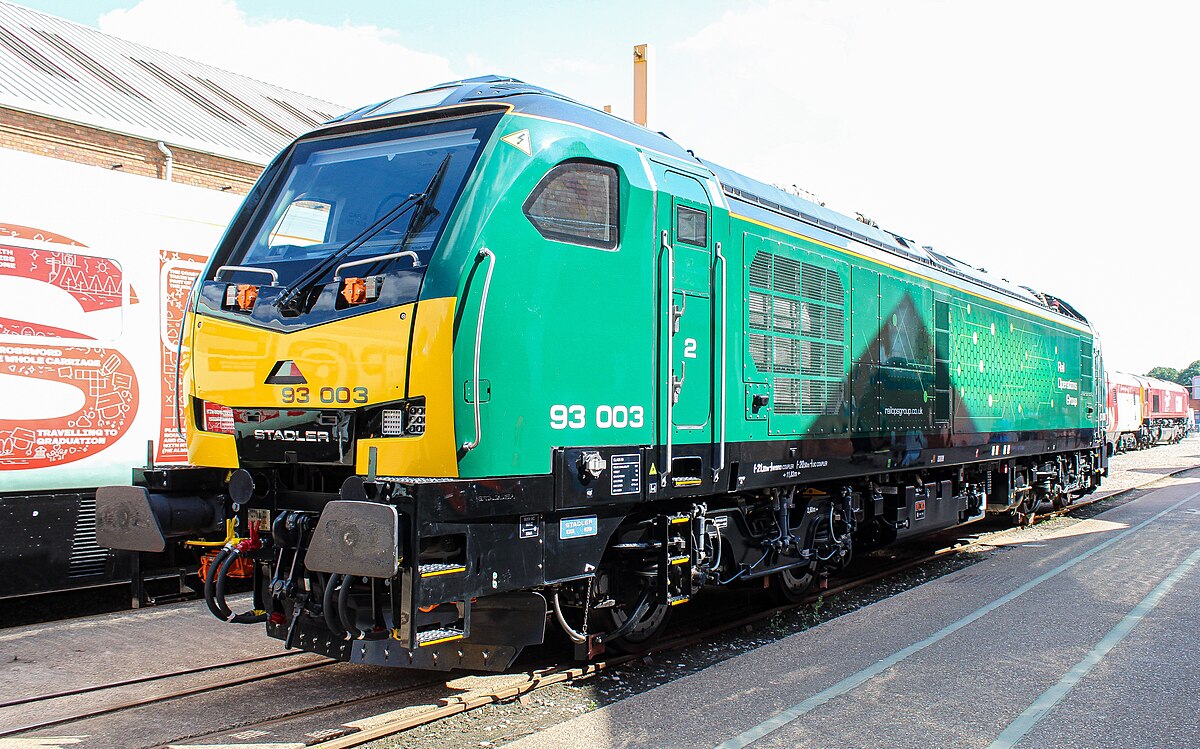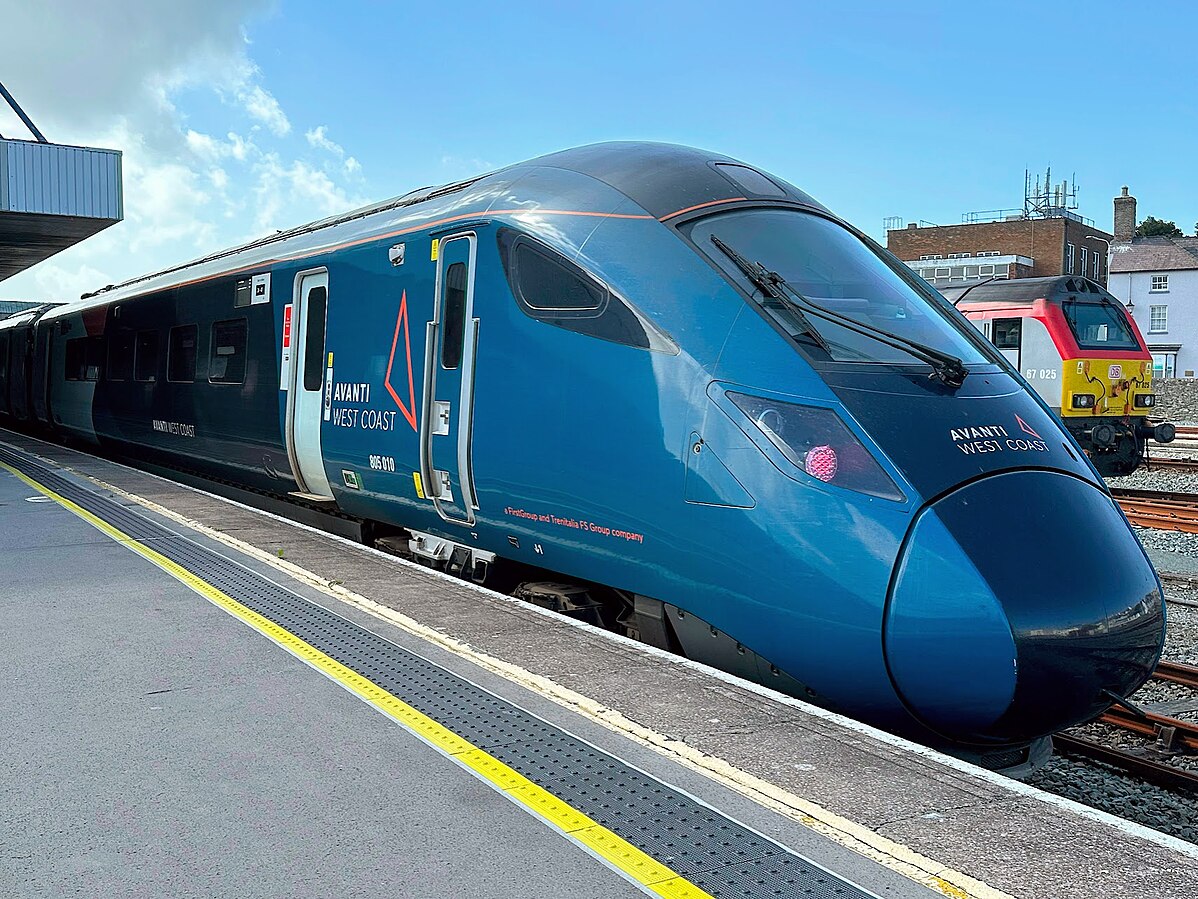The bi-mode train is at the forefront of flexibility and innovation as part of the country’s efforts to decarbonise the railway network. These hybrid trains have altered how the country travels as they can change from electric to diesel power on the move.
Bi-mode trains are crucial connectors between the decarbonised electrified future of the railway and the diesel powered past.

The advantage of the bi-mode is the flexibility of power sources. Trains are powered by overhead electric wires and when they are unavailable, the train switches to diesel engines without stopping.
This design offers infrastructure independence to the operators and less transfers and delays to the passengers, which translates to faster and seamless journeys.
Modern bi-modes of the A-Train family like the Hitachi Class 800, 802, and 805 have transformed intercity travel used on specific routes by Great Western Railway, TransPennine Express, and Avanti West Coast. These trains not only meet high speed requirements for both power sources but also cut emission and travel time during diesel powered journeys.
“Bi-modes give us the best of both worlds,” said a Great Western Railway driver. “They handle like electric trains, but they’ve got the flexibility to go almost anywhere.”
Bridging the Gap to a Greener Future
Currently, only about 40 percent of the UK’s rail network is opened and not all of it has been fully electrified. This is considerably below the standard of other European countries. This is because the process of electrification is complicated and costly. There is a middle ground and it works in the form of bi-mode trains. These trains do travel a route that is not electrified using faster and reliable diesel rail services.
Even more importantly, newest designs have smaller diesel engines that are more efficient and cleansed diesel engines that meet and almost only produce the none relevant/emission standards. Environment sensitive areas of travel may work and is being tested to work using a battery assisted bi-mode to travel stored electric power. This is ideal for inner city stations.
This is especially true for hybrid travel on partially electrified Main lines such as the Great Western Main Line to Penzance. This is UK border and Scotland. Passengers fly without the hassle or the cost.
This is especially true for hybrid travel on partially electrified Main lines such as the Great Western Main Line to Penzance. This is UK border and Scotland. Passengers fly without the hassle or the cost.
This is especially true for hybrid travel on partially electrified Main lines such as the Great Western Main Line to Penzance. This is UK border and Scotland. Passengers fly without the hassle or the cost.
Technology, Economics, and the Road Ahead
Although bi-mode trains are not a permanent fix, they are a crucial step towards a completely sustainable network. Since swift advancements have been made to the technology, the trains made in the late 2010s are able to switch power modes while in motion, store energy with regenerative braking, and send real-time metrics back for active maintenance.
Bi-mode trains also make immediate economic sense for rail companies. These trains allow the introduction of new rolling stock without having to complete electrification. This results in an greener fleet whose life spans are longer and costly maintenance are reduced.
Detractors of the technology argue it could prolong the complete diesel replacement, but supporters advocate for its use as a necessary temporary step towards electrification. “You can’t decarbonise overnight, but you can start running smarter trains today” an expert on transport said.
Beyond Diesel: The Next Evolution
Next generation bi-mode trains are expected to be powered less by diesel and more by batteries and hydrogen. The new “tri-mode” systems are powered by overhead lines, batteries, and hydrogen fuel cells and are being created by Hitachi and other builders.
Over time, bi-mode trains will transform into fully-functional, zero-emission trains. For now, bi-mode trains perfectly embody the hybrid solution, practical while progressive

While the rest of the UK modernised its railways, bi-mode trains achieved the ultimate paradox of conflict, mixing innovation with the reality. They continue to operate the network while signalling the path for the future, proof that the best solution is often a blend of opposing choices
For more of the latest Rail News click here our YouTube Channel will be uploading new content in 2026 click here to subscribe






